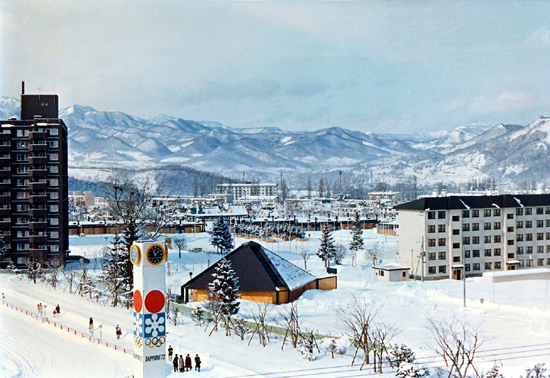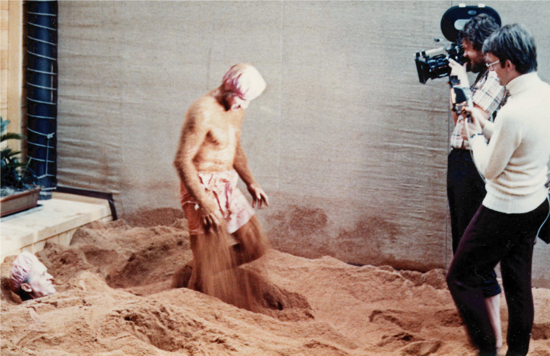

Sapporo Olympics
Enzyme Hot Bath Ion House at the Sapporo Olympics
Ohtaka Enzmye Corporation provided enzyme warm bath ion house facilities and services for the 11th Winter Olympics in Sapporo in 1972, contributing to the health care of athletes from various countries.
An Ohtaka Enzyme sawdust bath (ion house) facility was constructed on the Makomanai site at a cost of approximately 50 million yen (approximately 200 million yen in today’s value).
This project was made possible with the cooperation of Ichiro Hatta, then a member of the House of Councilors.
This first-ever project in the history of the Olympics, the enzyme hot bath ion house was literally a sensation since the opening of the Olympic Village on January 12, and closed with the closing of the village on February 17.
During this period, a total of 2,300 athletes and officials from various countries bathed, including 182 prize winners, and the Enzymatic Hot Bath Ion House was greatly praised as the “glory behind the success of the Sapporo Olympics. The achievements of the Ion House will forever be recorded in the history of the Olympics.

● Olympic Village: Enzymatic Bath Ion House (triangular building in the foreground) is located between the men’s (right) and women’s (left) dormitories. The skating rink is on the other side.

● This building was designed by the Olympic Design Joint Venture, and its unique sense of style was well received by many countries.

● The Ion House has become a popular attraction in the Olympic Village, and has been a great success every day.

● World record holders also took a bath one after another. The baths are very popular for relaxing the muscles of the entire body and warming the body from the inside out.

Foreign journalists also came to cover the event every day. The Swedish national TV broadcasting company was there to cover the event.

● Participation badge.” OLYMPIC VILLAGE ENZYME ION BATH”.


●Sapporo Winter Olympic Games “Enzyme Fermentation Ion Bath” test bath ticket
